“Organic Beauty Recipes By Eve – The Complete Guide To DIY Natural Beauty” is my long-awaited book, with a treasure trove of effective and easy to follow recipes with 100% natural ingredients.
You can order the ebook now on amazon for only $4.99 or get the paperback edition for $19.99 (USD).
I also launched my own small business offering all-natural raw shea Butter! Every time you purchase my Shea butter, you are supporting the Ghana women coop which employs 95 women and buys shea nuts from more than 5,000 women in 44 communities.
Lastly, check out my favorite shopping lists on Amazon . I will receive a small commission from the affiliate program Amazon if you order something and this is at no additional cost to you.
Thank you for your support!
Say what you will, there’s nothing more relaxing and satisfying than learning how to make candles. There’s just something really therapeutic about whipping a new batch of DIY candles with soywax or beeswax, hence making it the perfect homemade project for all the stress balls out there. Plus, considering how pricey store brought candles can be, who wouldn’t want to save a few bucks and experiment with candle making at home?
For those new to candle making, I’ve made this step by step guide to the whole process. HINT: It’s super easy!
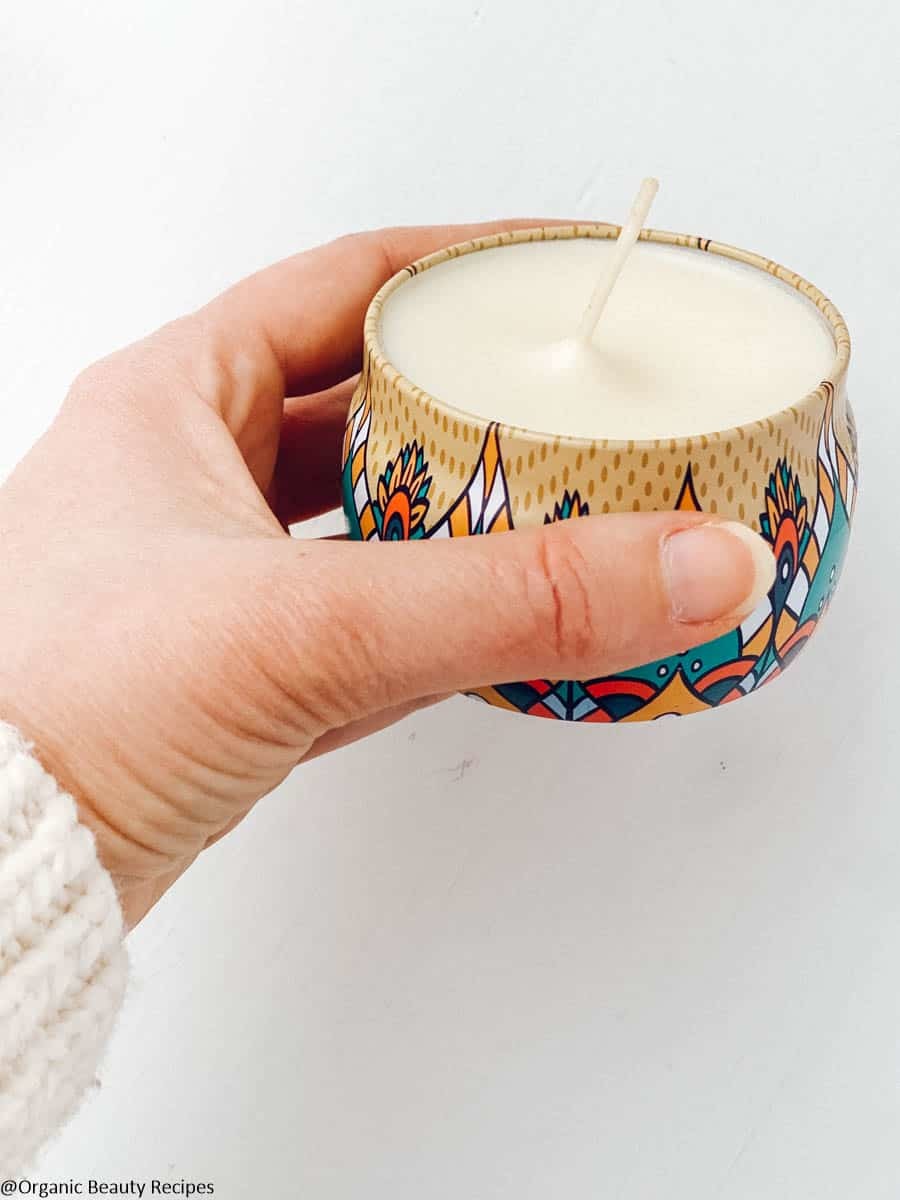
DIY Candles Top Natural Ingredients
Before diving into the actual tutorial, let’s take a brief look at the ingredients involved in the process.
For candle wax, you generally have four options—beeswax, soy wax, palm wax and paraffin.
Beeswax is the substance secreted by honey bees during the honey-making process. It’s a great option for making all-natural candles, but can be a little on the expensive side.
Benefits: Beeswax candles have air cleansing properties. They release negative ions into the air that neutralize any pollutants, such as dust, odor, mold, etc. that might be present in the atmosphere. This makes them especially useful to people suffering from asthma or other respiratory diseases.
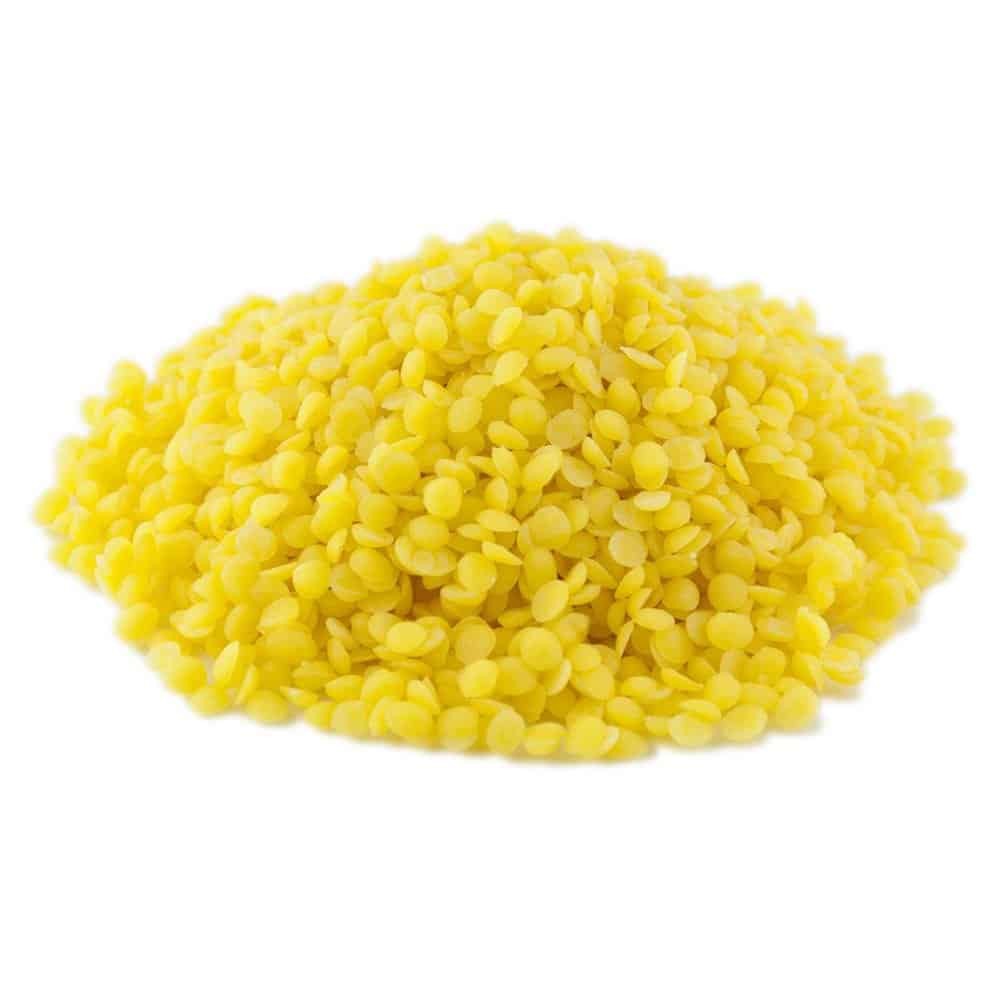
Soy wax is a processed form of soybean oil used to make candle wax.
Benefits: Seeing how candles usually run out so fast, you might want to invest in the relatively cheaper alternative of soy wax candles. Because of their low melting point, they last twice as long as paraffin candles but have none of the adverse side effects of the latter. Win win!
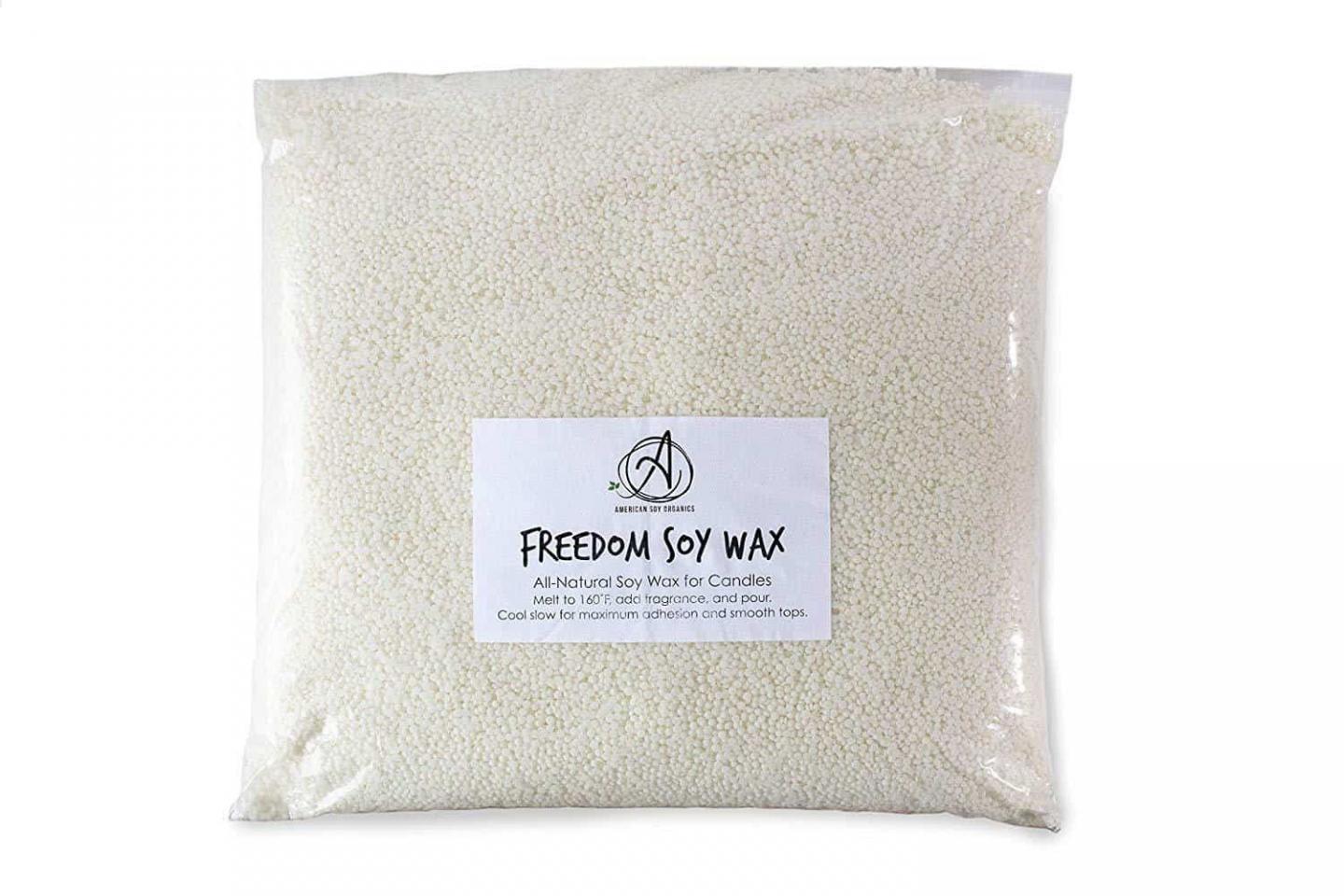
Is Paraffin Wax good for candle making?
Paraffin wax is a petroleum by-product and is one of the most commonly used wax for candle making.
I, however, strongly discourage the use of paraffin (or crayons, which are made of paraffin) since not only does it clog candlesticks, but it’s also hazardous to health—leading to irritation of the eyes and respiratory tract if inhaled.
Why you should avoid using Palm Wax?
Palm wax is another long-lasting option, but it’s again on our discouraging list since its production contributes to deforestation.
Candles at home for beginners – Step by step tutorial how to make candles
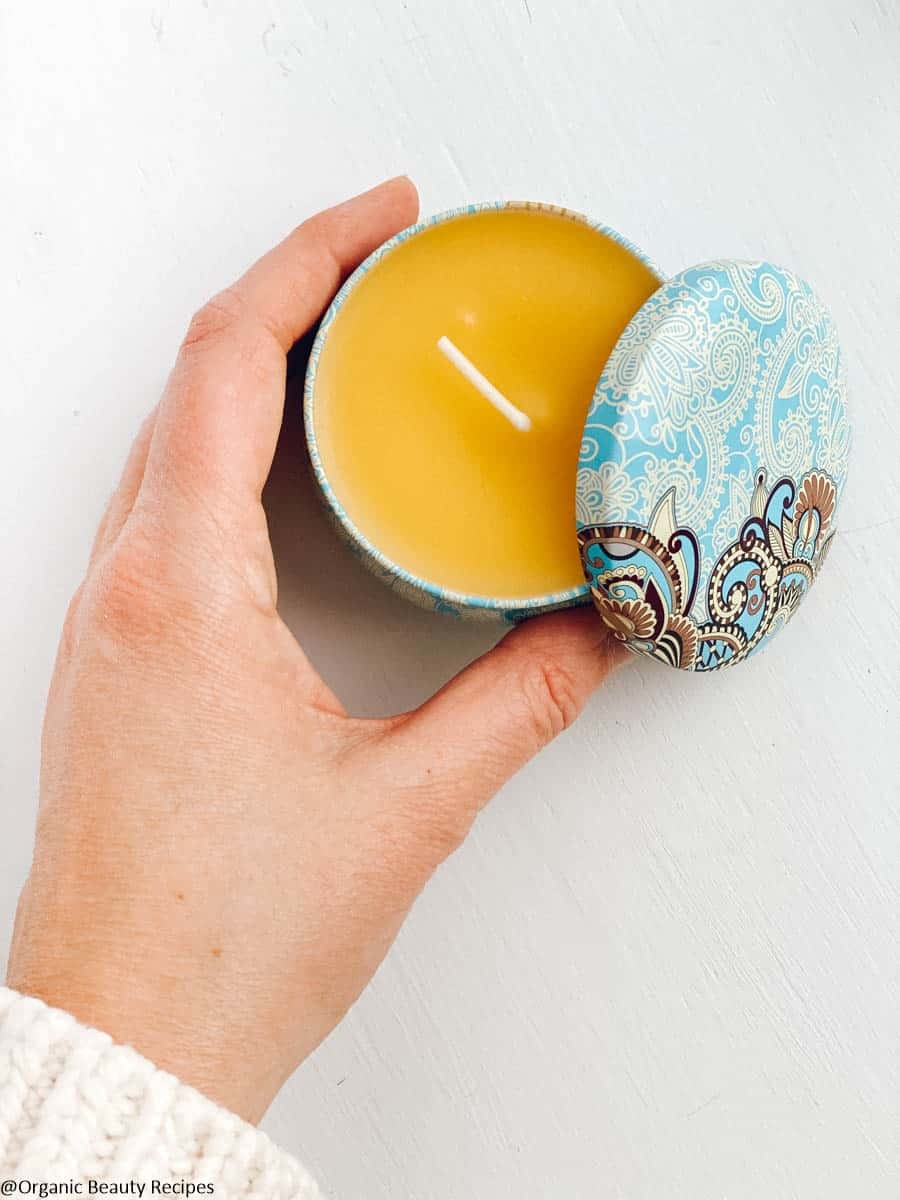
Ingredients
- 1 X candle wicker
- 1 X 3 oz candle container of your choice
- 4 oz soywax or beeswax
- 20 drops Rose Geranium Essential Oil
- 20 drops patchouli essential oil
- 20 drops Ylang Ylang Essential Oil
- 1/2 tsp alkanet root, paprika or kelp for coloring (OPTIONAL)
Instructions
- How to make candles at home: Measure how much wax you’ll need to fill your candle container to the top and add 1/3 more of the pellets in a double boiler of your liking.
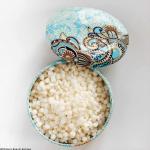
- Using a heat source such as a stove, melt the wax inside a double boiler on medium-high heat.
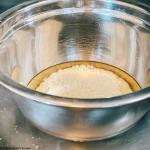
- Add essential oils and natural colorants once the wax is melted. Mix well. (OPTIONAL STEP)
- In the container of your choice, place a candle wick in the center, either with the help of Popsicle sticks or chopstick.
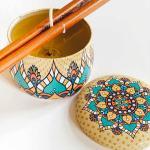
- Once your wax is evenly melted, slowly pour it into the container with the wick. While the wax is setting, you can keep the wick in place by sandwiching it smugly in between two chopsticks.
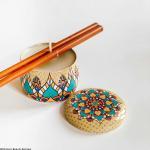
- After 4-5 hours at room temperature, your wax ought to have hardened. Ta-da! Your very first candle is all done and ready to burn!
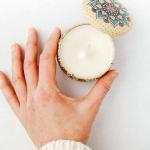
How to make Scented Candles?
You might be tempted to throw in a few drops of a synthetic fragrance to your candles but I’m here to tell you exactly why you shouldn’t. New studies are now showing that scented candles release a plethora of chemicals into the air that can contribute to the development of diseases like cancer, asthma and common allergies. A natural alternative to synthetic fragrances is to use essential oils to scent candles.
How to make candles with essential oils
If you’d still like scented candles, but without any of the adverse health effects, consider investing in essential oils. Not only do they have amazing health benefits, but they also smell heavenly, too! Just add one or two drops of your favourite essential oil to the melted wax and mix.
Here is a few essential oils blends you can use in your candles:
Rose essential oil blend for candles
- 20 drops of rose geranium essential oil
- 20 drops of howood essential oil
Citrus essential oil blend for candles
- 20 drops of grapefruit essential oil
- 20 drops of sweet orange essential oil
- 20 drops of cinnamon essential oil
Floral essential oil blend for candles
- 20 drops of ylang-ylang essential oil
- 20 drops of Michaela alba essential oil
- 20 drops of patchouli essential oil
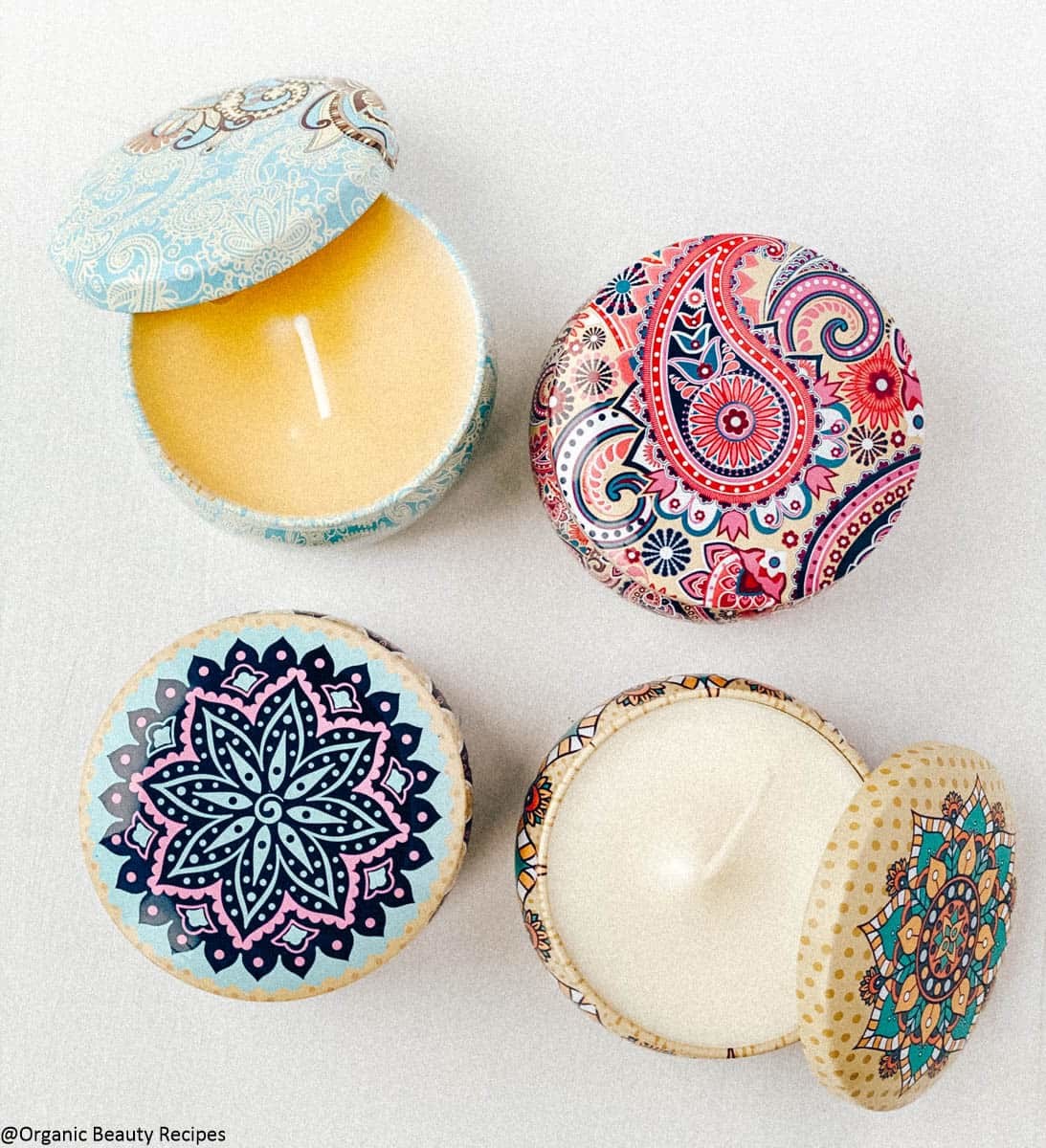
How to color candles with natural ingredients
Looking to add a bit of color to your candles? With the following natural dyes, you can do just that, without worrying about using artificial or toxic components.
-
Alkanet Root powder
Origin: Alkanet – alkanna tinctoria is found in the roots of plants belonging to the borage family, which grow throughout Central Europe, and extend to Asia and North Africa.
Color: Gives a purple to reddish color.
Origin: Growing in “underwater forests”- shallow, nutrient-rich saltwater – kelp is a type of large brown seaweed.
Color: Gives a natural green color.
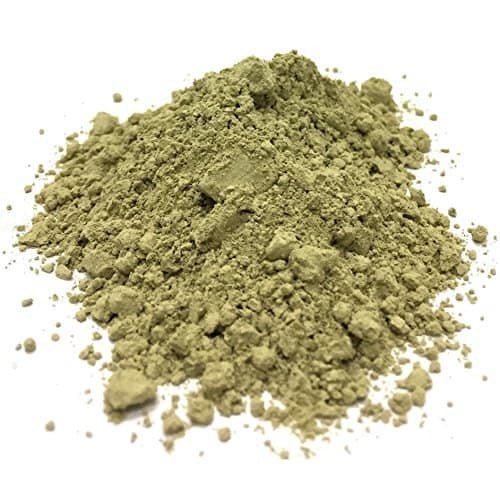
Origin: Originating from Southern China, India and Asia, this spectacular fruit has long been used in Chinese medicine for its beneficial properties.
Color: Gives a natural orange color.
Origin: Known for its heat and flavor, paprika is made from a variety of dried red peppers. It originates from North America – specifically Central Mexico.
Color: Gives a deep, rich, orange color.
Origin: Commonly used in Asian food, turmeric is a spice that comes from the Turmeric plant.
Color: Gives a bright yellow color.
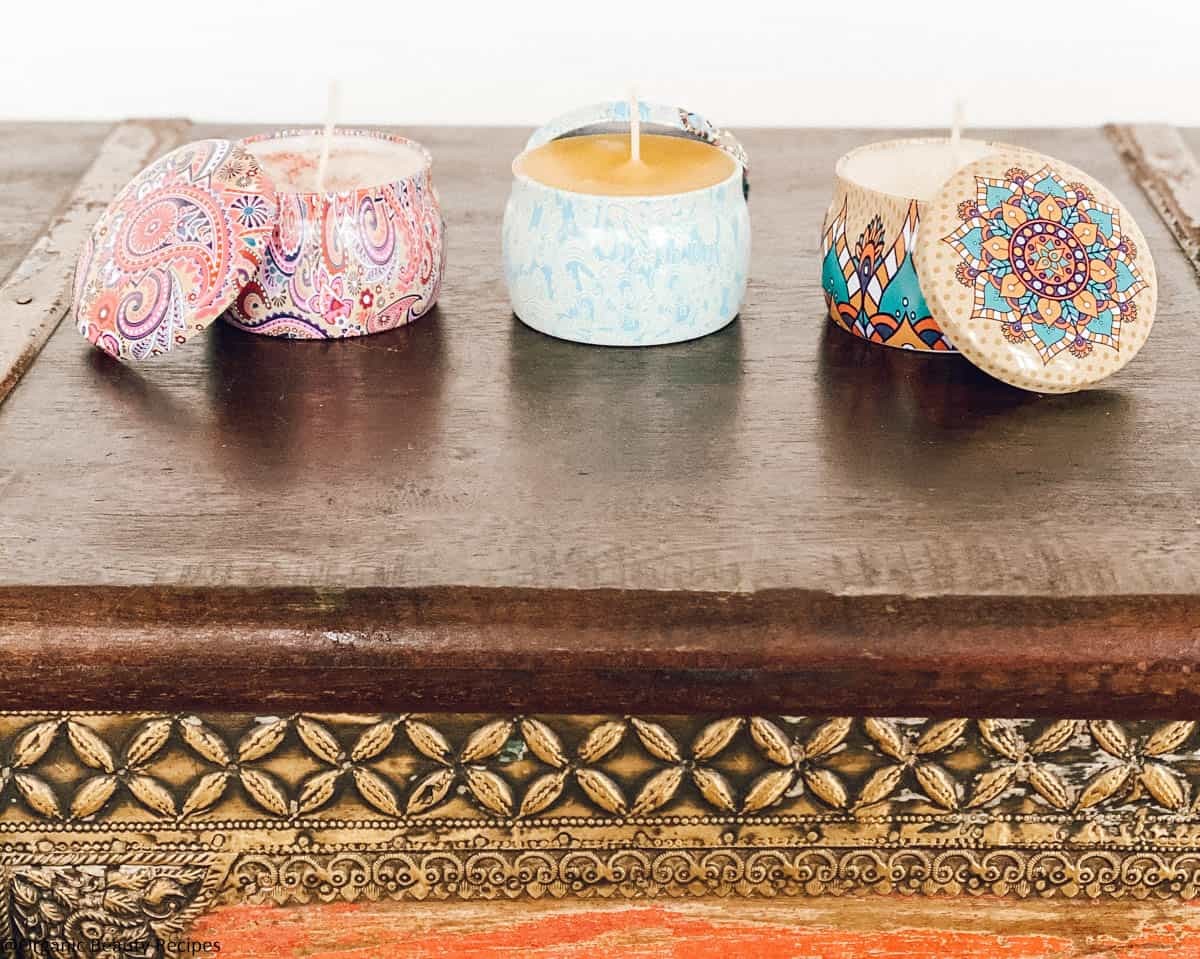
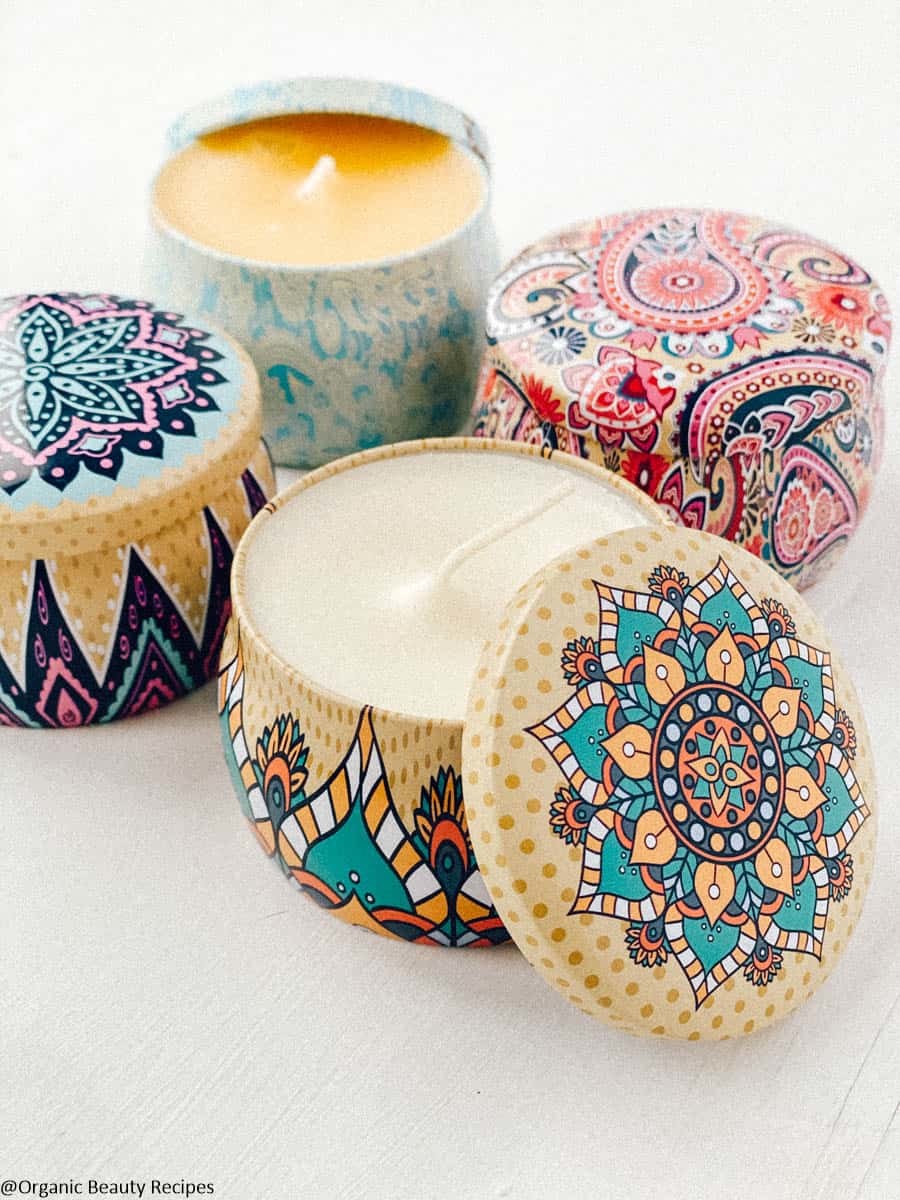
How to store homemade candles and containers for candles
You’re going to need a jar to make your homemade candle. It’s best that you store them in airtight containers – like the ones given in this link.
You have a few options:
A simple option is those glass jars with a cork lid and a tag. They are beautiful mason jar and apothecary style jars, honey, with personalized label tags and string. Not only are these perfect for storing candles (they come with brown tags for labeling), given the fact that you get a set of 12 glass jars for a mere $20, they’re also a total steal!
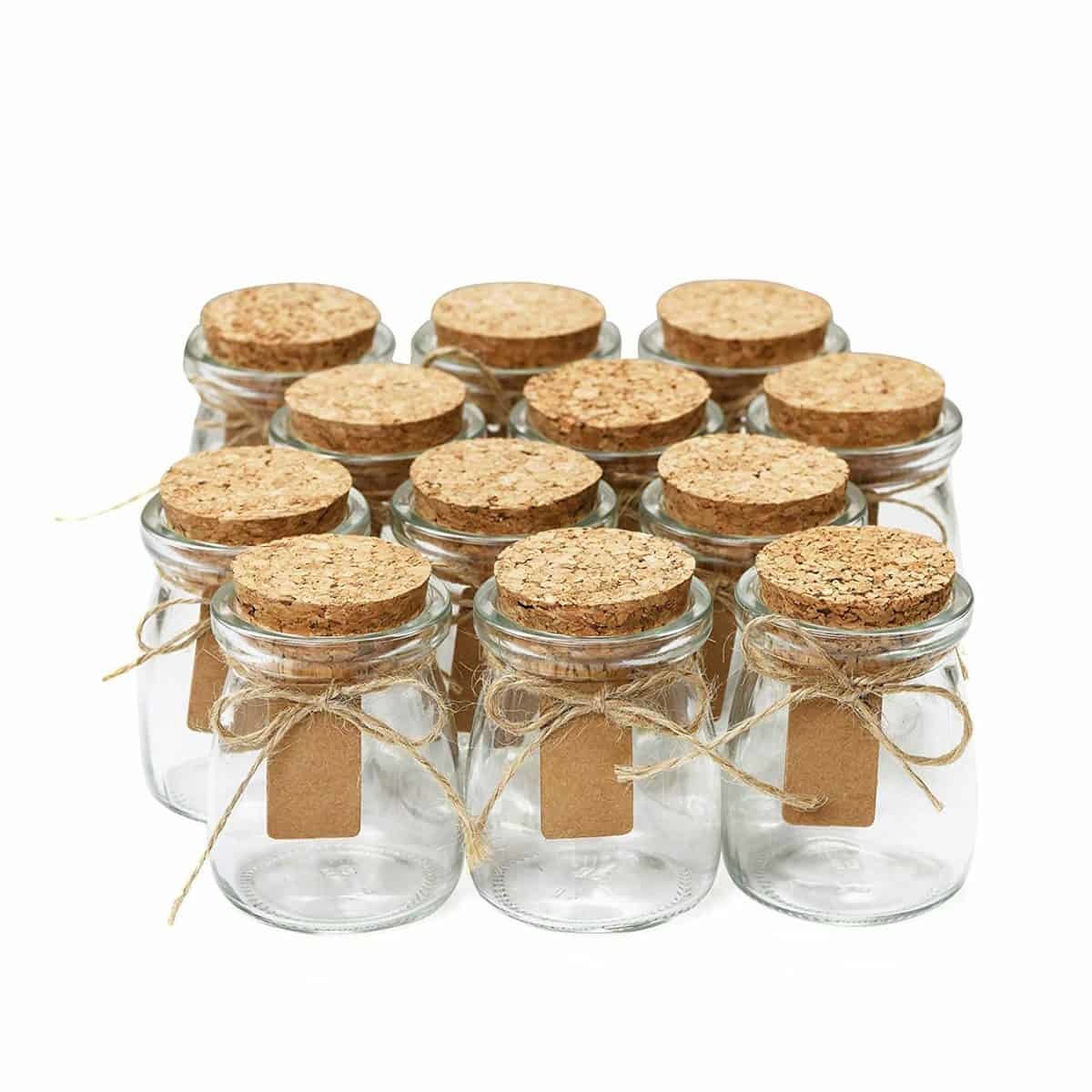
If you want something fancier, recommend those beautiful candles jars, 6 Pcs vintage empty metal storage boxes for $12 with lids. Each jar measures approx 3*2in. They have a beautiful yoga style mandala and boho chic vintage floral patterns and are such a perfect storage jar to add color to your room. Totally in love with those!
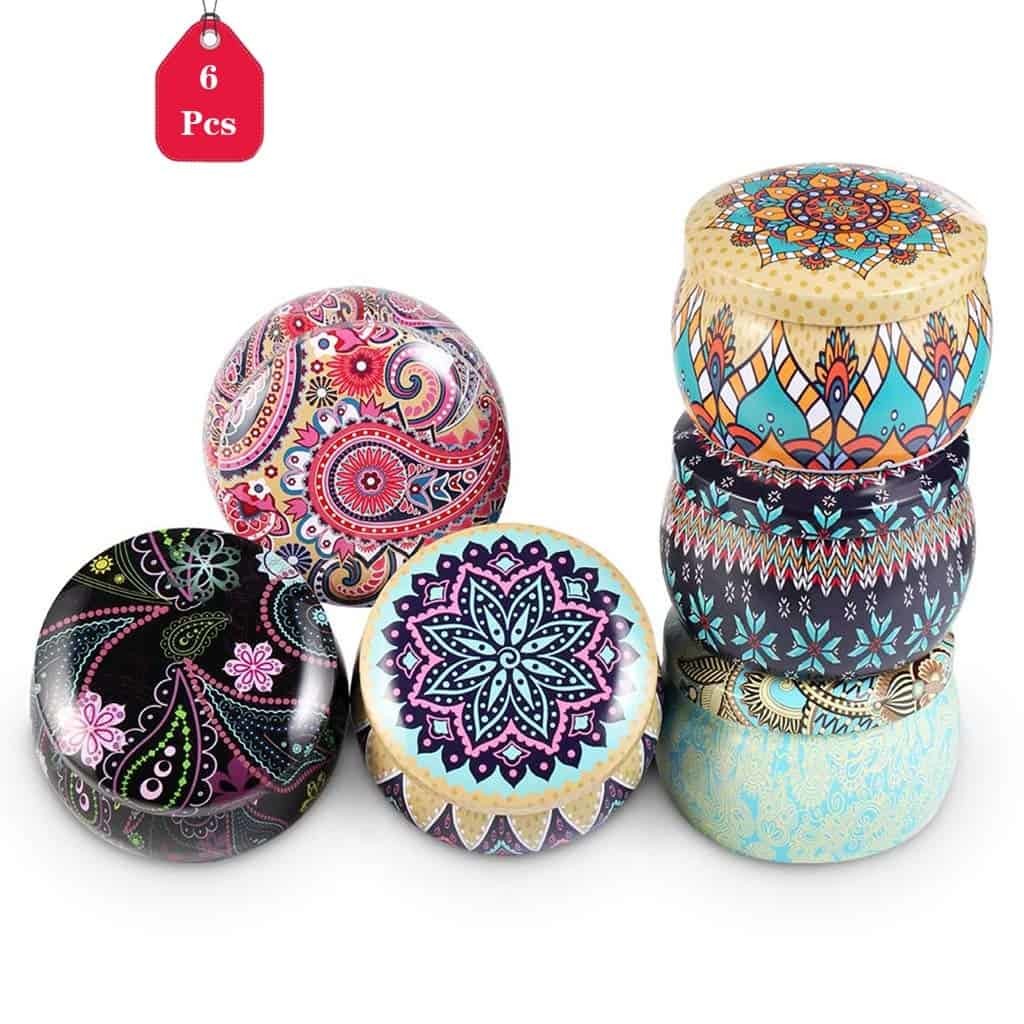
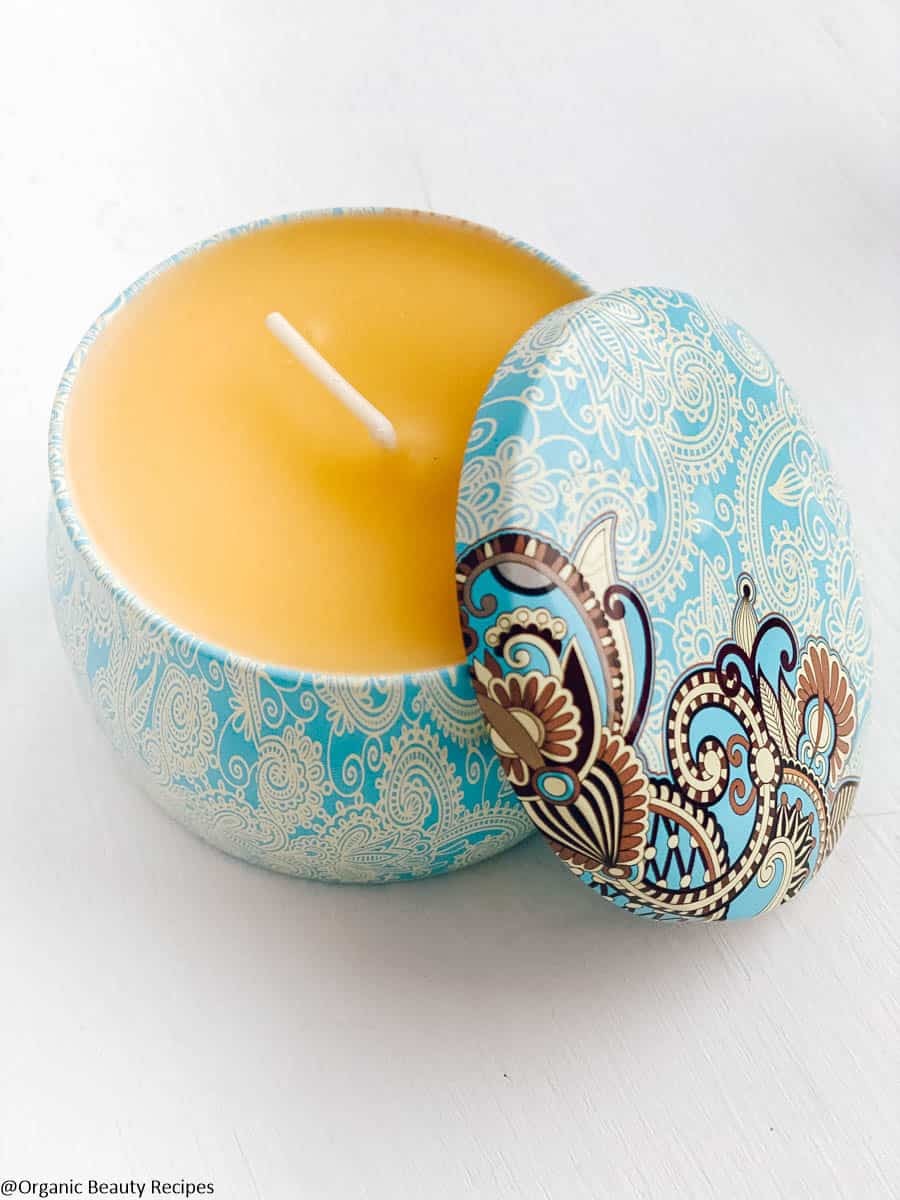
And that’s practically everything you need to know before you dive into making those handmade candles like a pro!
I hope you fall as deeply in love with candle making as I have. Happy candle making!
I hope you have enjoyed my recipe, please share the love and rate ***** in the comments below!
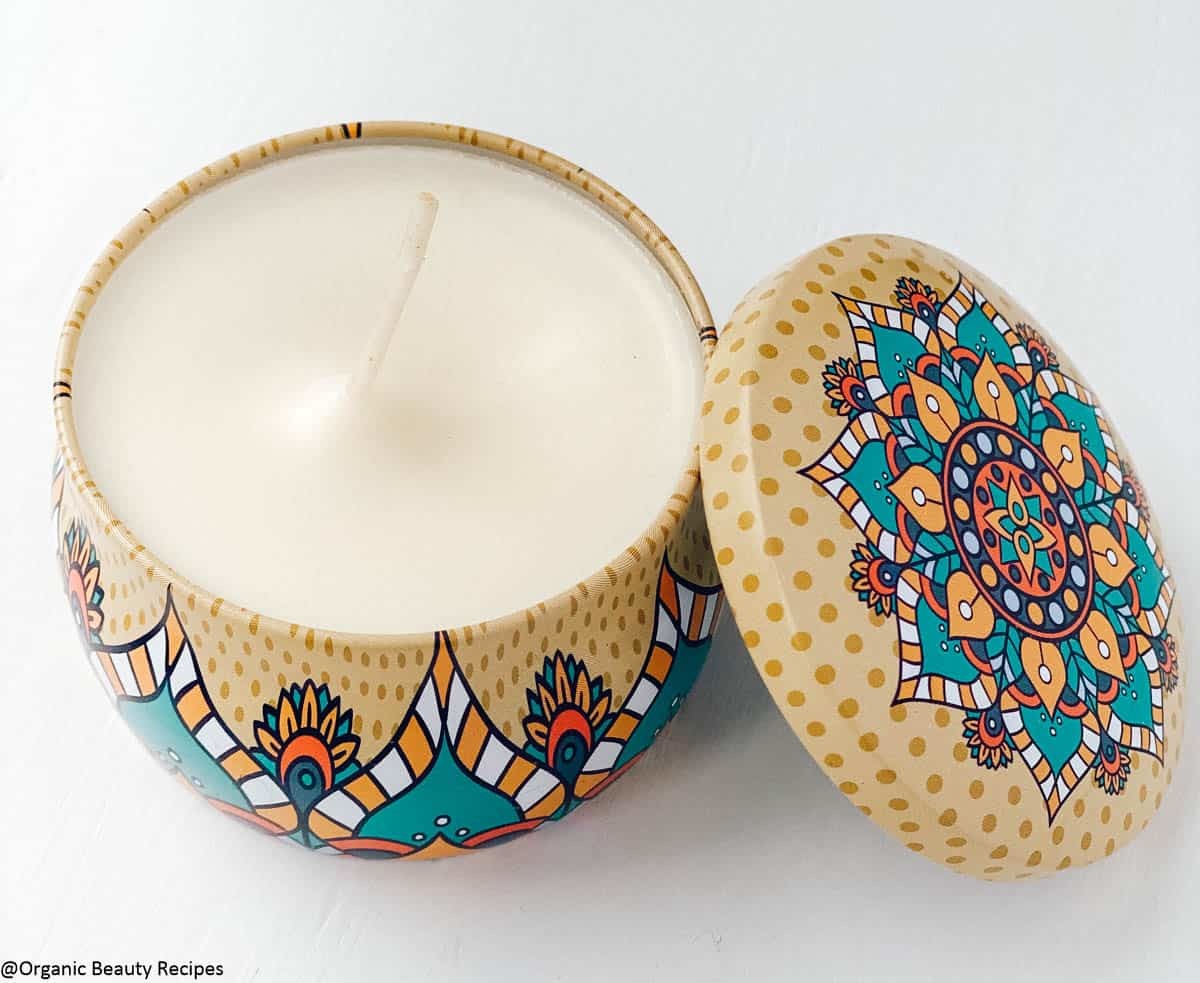
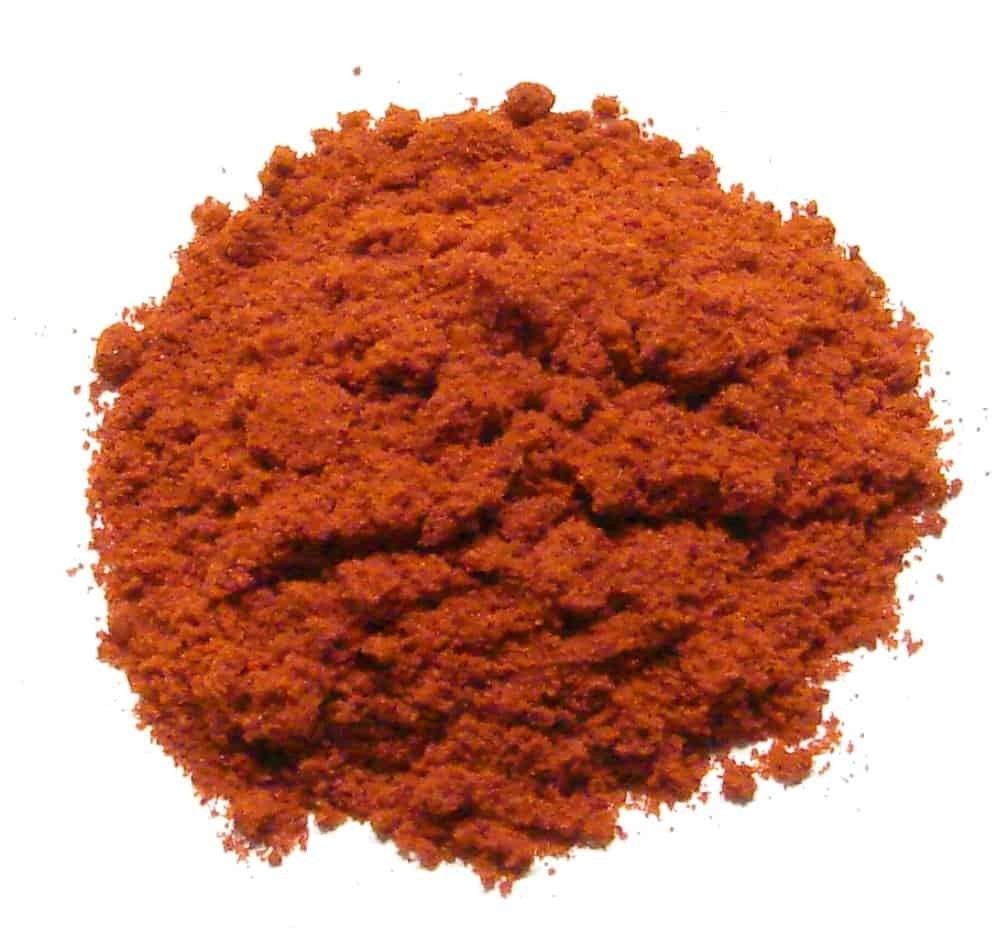

Does the wax have to be at a certain temperature before you add the EO in? I tried making candles but the scent was not strong enough and I put alot of EO in it.
Author
The key here is not to over melt your wax so the temperature is not too high when you add the EO. Also ensure there is a base notes in your essential oil blend so the scent stay strong and lingers.
Author
the key is to ensure you have one base note included in your essential oil blend so the scent lingers longer, here are some base note essential oils:
Balsam Peru
Cassia (To Middle)
Cedarwood
Cinnamon (To Middle)
Clove
Frankincense
Ginger (To Middle)
Jasmine
Myrrh
Patchouli
Rose
Rosewood (To Middle)
Vanilla
Vetiver
Ylang Ylang (To Middle)